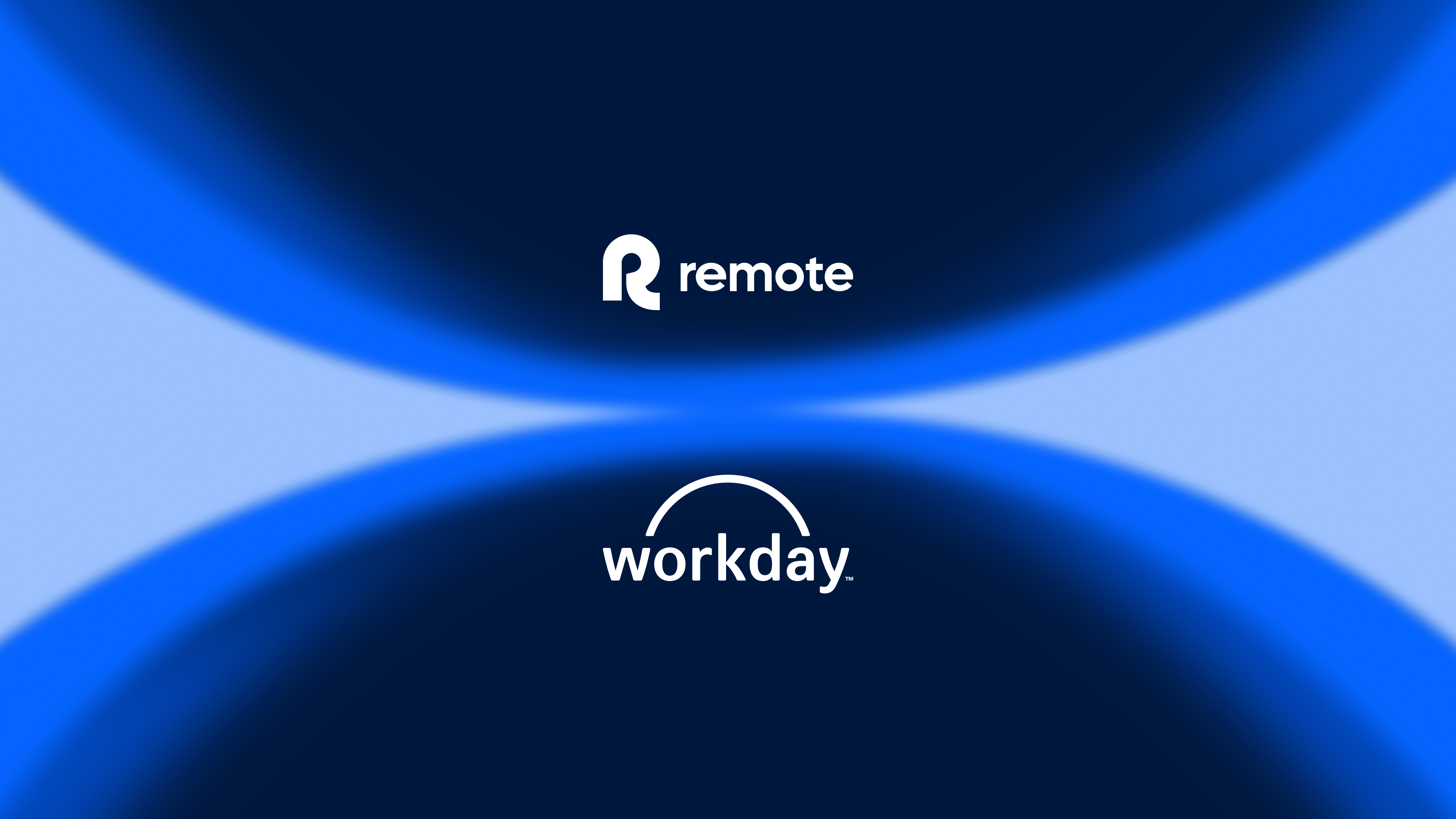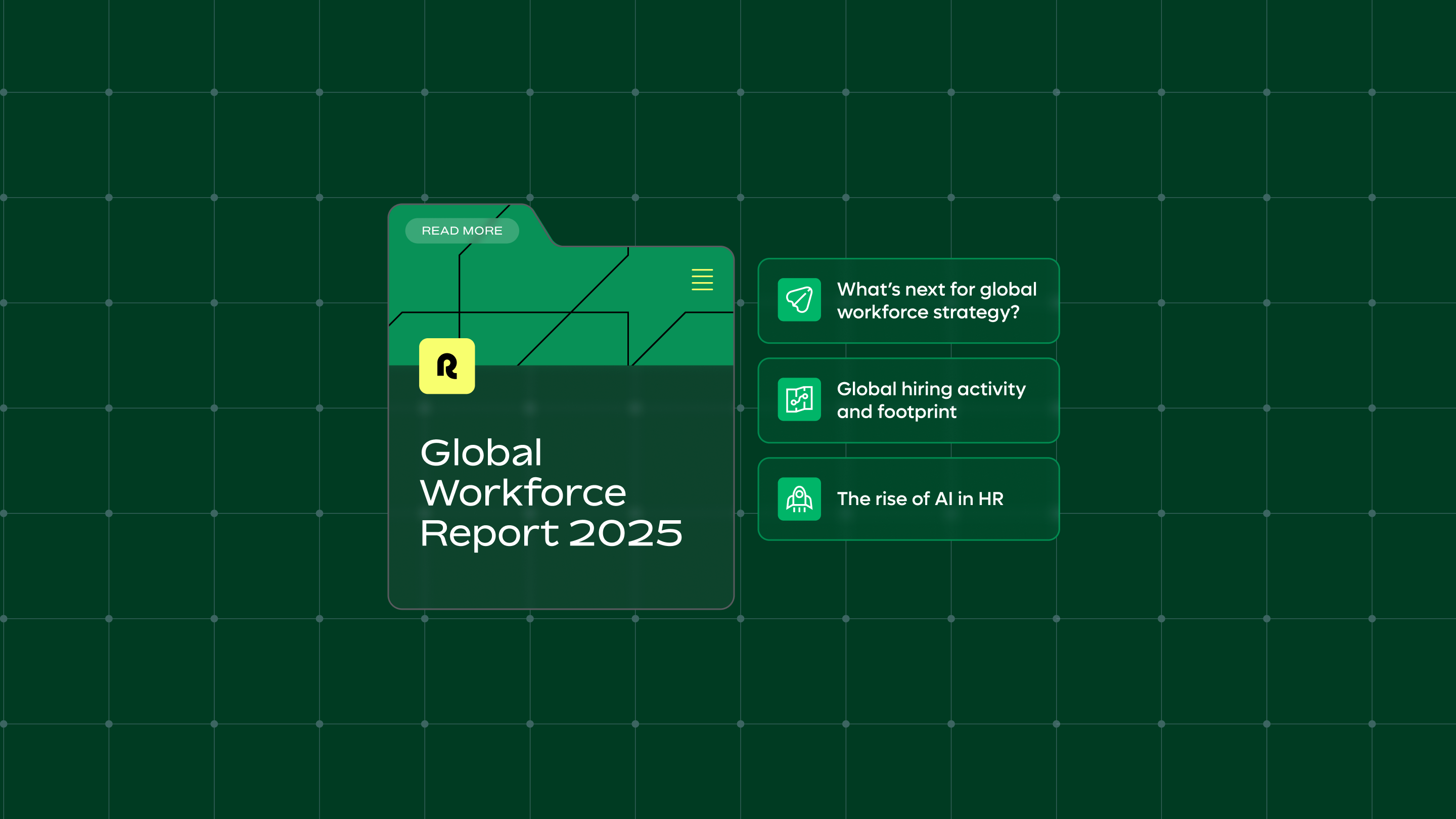%20Blog%20Images/Blog%20Images/changelog-hero-image_english@2x.webp)
Changelog
Week of January 12-18 🎨 Remote: Enhanced Employee Login Options Remote now allows employers to select whether employees log in using their work... continue readingDecember 22, 2025
Recent stories
Subscribe for the latest updates
Sign up for our newsletter to get the inside scoop on all things remote work and global employment.
%20Logos%20Library/(Approved)%20Trust%20symbols/lg-xs-g2-reviews-book-demo.webp?width=112&height=114&name=lg-xs-g2-reviews-book-demo.webp)
%20Logos%20Library/(Approved)%20Trust%20symbols/lg-xs-trustpilot-reviews-book-demo.webp?width=122&height=114&name=lg-xs-trustpilot-reviews-book-demo.webp)
%20Logos%20Library/(Approved)%20Trust%20symbols/lg-xs-capterra-reviews-book-demo.webp?width=118&height=114&name=lg-xs-capterra-reviews-book-demo.webp)
%20Illustration%20Library/051-check-star-stamp.webp?width=132&height=128&name=051-check-star-stamp.webp)
-1.png)










